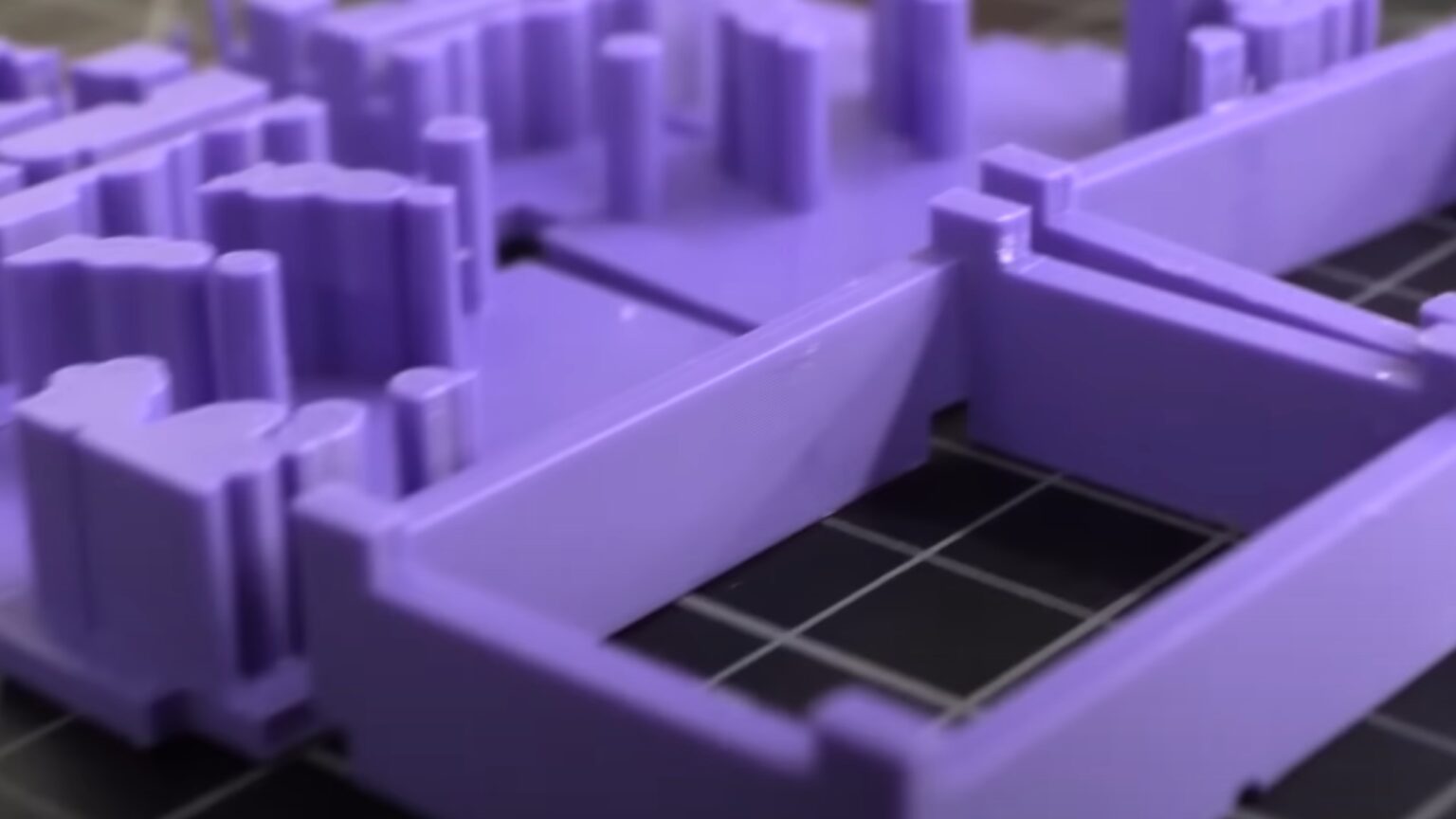In a recent breakthrough in artificial intelligence and robotics, a state-of-the-art AI system designed a unique walking robot in 26 seconds.
The AI’s creation, evolving from an unassuming block to a tri-legged porous marvel, showcases the rapid advancement of robot design and the boundless prospects this technology holds for myriad fields, from urgent search-and-rescue missions to cutting-edge manufacturing techniques.
The speed of AI-driven evolution
It took nature billions of years to evolve walking creatures. Yet, a team from Northwestern University has bridged this monumental timeline, enabling AI to design a functional walking entity in less than half a minute. According to the university’s lead researcher, Sam Kriegman, the AI is akin to witnessing “instant evolution.” The system’s speed and efficiency in running on a simple personal computer starkly contrast other AI models that rely heavily on expansive datasets and energy-consuming supercomputers.
An innovative approach: Beyond human imagination
The marvel isn’t limited to the AI’s unprecedented speed. Rather than reflecting familiar shapes and structures, the designed robot embarks on a unique path. Its three-legged, hole-riddled form challenges conventional design concepts. Kriegman observes that while humans naturally lean towards designing robots in the likeness of familiar objects, this AI bravely ventures into uncharted territory, crafting robots that may appear alien to the public`s perspective.
Interestingly, the AI’s design solution echoed nature’s preference for legged locomotion, signifying that legs are an efficient means of terrestrial movement. But the distinct three-legged form and unexpected porous texture? These are exclusively the AI’s innovative touches, proving that machine intelligence can bring forth designs and concepts previously unthought of by human engineers.
AI Designs Unique Walking Robot in Seconds
Researchers developed an AI that defies the constraints of traditional design, creating a walking robot in SECONDS! This paradigm shift opens new realms in innovative, AI-driven design and problem-solving across various fields, from… pic.twitter.com/5CTCx1Pxlf
— Neuroscience News (@NeuroscienceNew) October 4, 2023
Translating simulated designs into reality
Translating a computerized design into a tangible, functioning robot is no easy feat. The Northwestern team put the AI’s blueprint to the test. They produced a flexible and squishy robot by 3D printing a mold of the robot’s structure and filling it with silicone rubber. Pumping air into this silicone form resulted in its slow but consistent movement, a real-life manifestation of the AI’s genius.
While the robot’s hole-filled design might raise eyebrows, these pores play a vital role. Kriegman postulates that the holes might be critical for reducing weight and enhancing flexibility, crucial attributes for the robot’s locomotion.

A world of possibilities
The immediate success of this AI-designed robot is only the tip of the iceberg. The possibilities are virtually limitless when considering the broader implications of such AI-driven designs. Imagine robots navigating through debris in post-disaster zones skillfully, detecting survivors via thermal and vibrational signals. Picture advanced robots voyaging through intricate sewer systems, diagnosing and rectifying infrastructural issues.
Moreover, according to experts, the healthcare sector could witness revolutionary advancements. With AI’s design capabilities, the industry could soon have nano-robots that travel within the body, unclogging arteries, diagnosing ailments, and even targeting and eliminating cancer cells.
Kriegman’s optimism is evident as he articulates:
“The only barrier preventing us from realizing these technological marvels is our current inability to design them. Fortunately, AI is brimming with innovative ideas.”
The feat achieved by Northwestern University’s AI is not merely a testament to the rapid progression of robotic design but a beacon illuminating the vast horizon of possibilities. As the industry stands on the precipice of AI-driven innovation, one thing becomes increasingly clear: the future of robotics and design is here and moving at an unprecedented pace.









 and then
and then